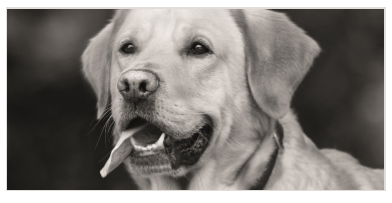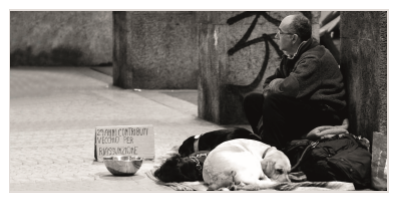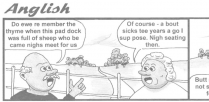Today we are going to learn the verb “to have”
and the verbal construction “have got.”
I want to encourage you here to use both variants interchangeably, as native English speakers do. Our goal is to understand the use of the verb “to have” and the verbal construction “have got.”
As usual, we start from conjugation of the verb:
| I have |
I have got |
I’ve got | |
| You have | You have got | You’ve got | |
| We have |
We have got |
We’ve got | |
| The have |
They have got |
They’ve got | |
| She has |
She has got |
She’s got | |
| He has |
He has got |
He’s got | |
| It has |
It has got |
It’s got | |
The short forms of this verb are used only with constructions using the verb “to have” as in “have got,” so don’t panic. Take a deep breath!
So, when do we use “have” and “have got,” exactly? Let’s look through the examples:
|
= |
I have a cat. I’ve got a cat. | |
| = | You have a best friend. You’ve got a best friend. |
|
|
= |
We have two tickets for this play! We have got two tickets for this play! We’ve got two tickets for this play! |
|
|
= |
They have a car. They have got a car. |
|
|
= |
He has a dog. He’s got a dog. |
|
|
= |
She has a beautiful dress. She’s got a beautiful dress. |
|
With this verb, we’ve got a particular trick. We can use “have got” in the negative, and in questions and short answers. It will look like this:
|
|
 |
|
| I haven’t got a gun. | You haven’t got a car. |
|
|
|
 |
|
| Has she got a dress? | Has he got a dog? |
|
|
|
 |
|
| Have you got a ticket? Yes, we have. | Have they got a house? No, they haven’t. |
|
When we use the verb “to have” alone, we use the verb “to do” as an auxiliary verb:
Do you have an apple tree in your garden? No, I don’t.
Do we have these ingredients, darling? No, we don’t.
Do they have brothers or sisters? Yes, they do. They have a large family.
Does he have an umbrella? No, he doesn’t.










